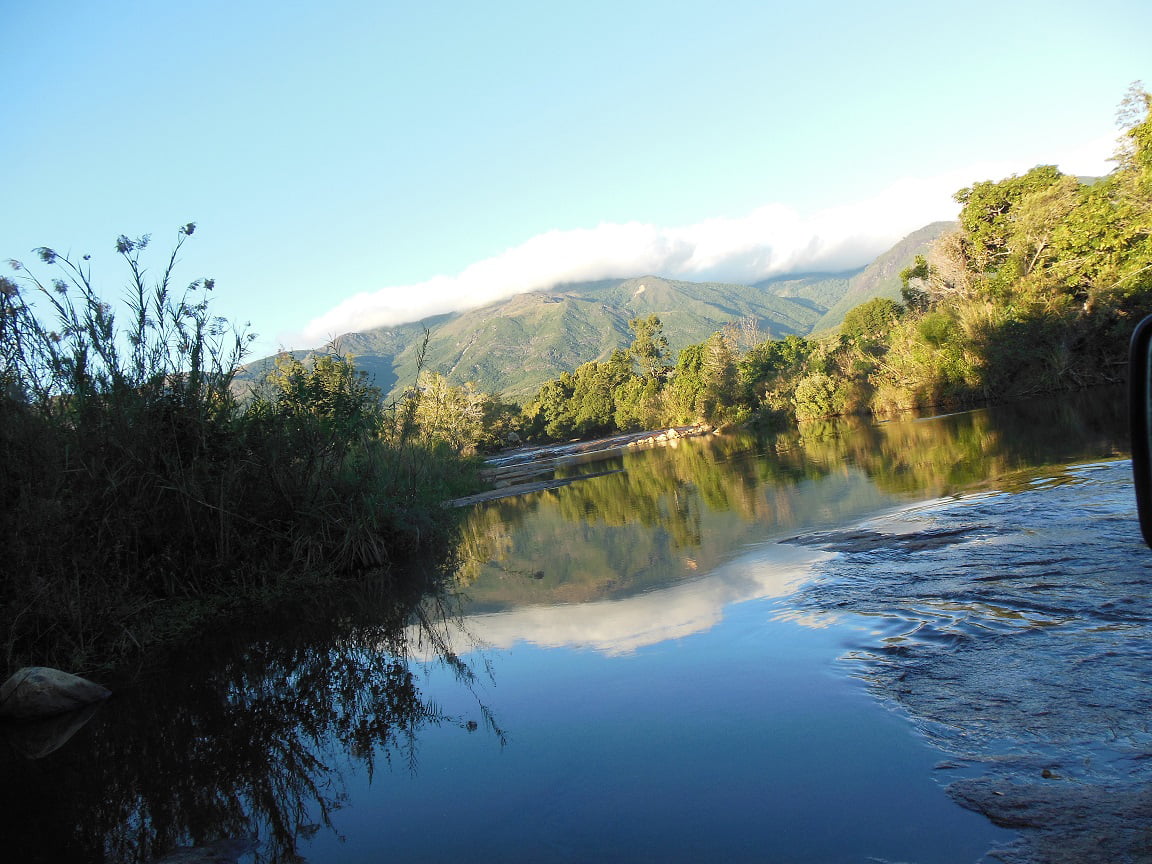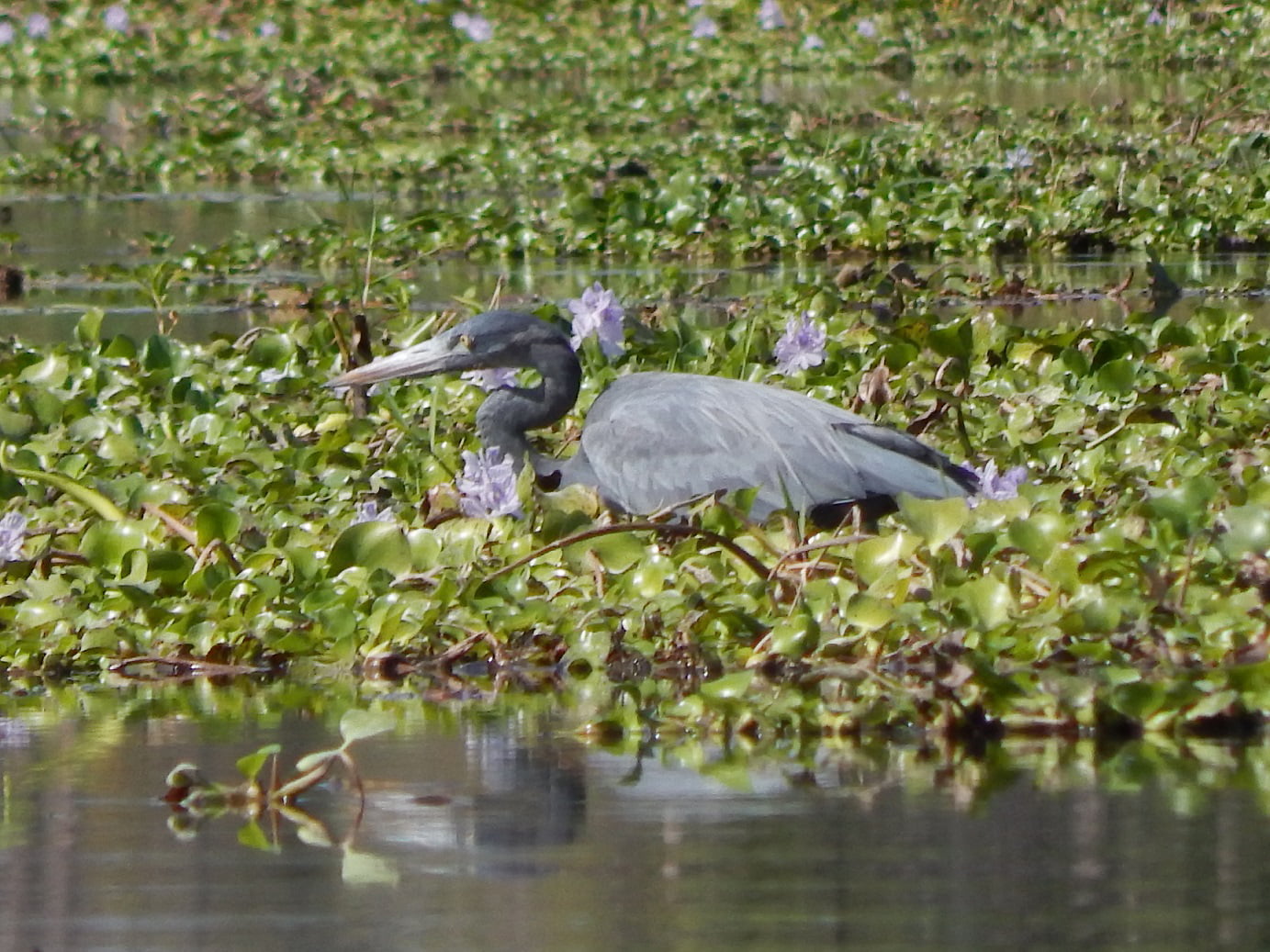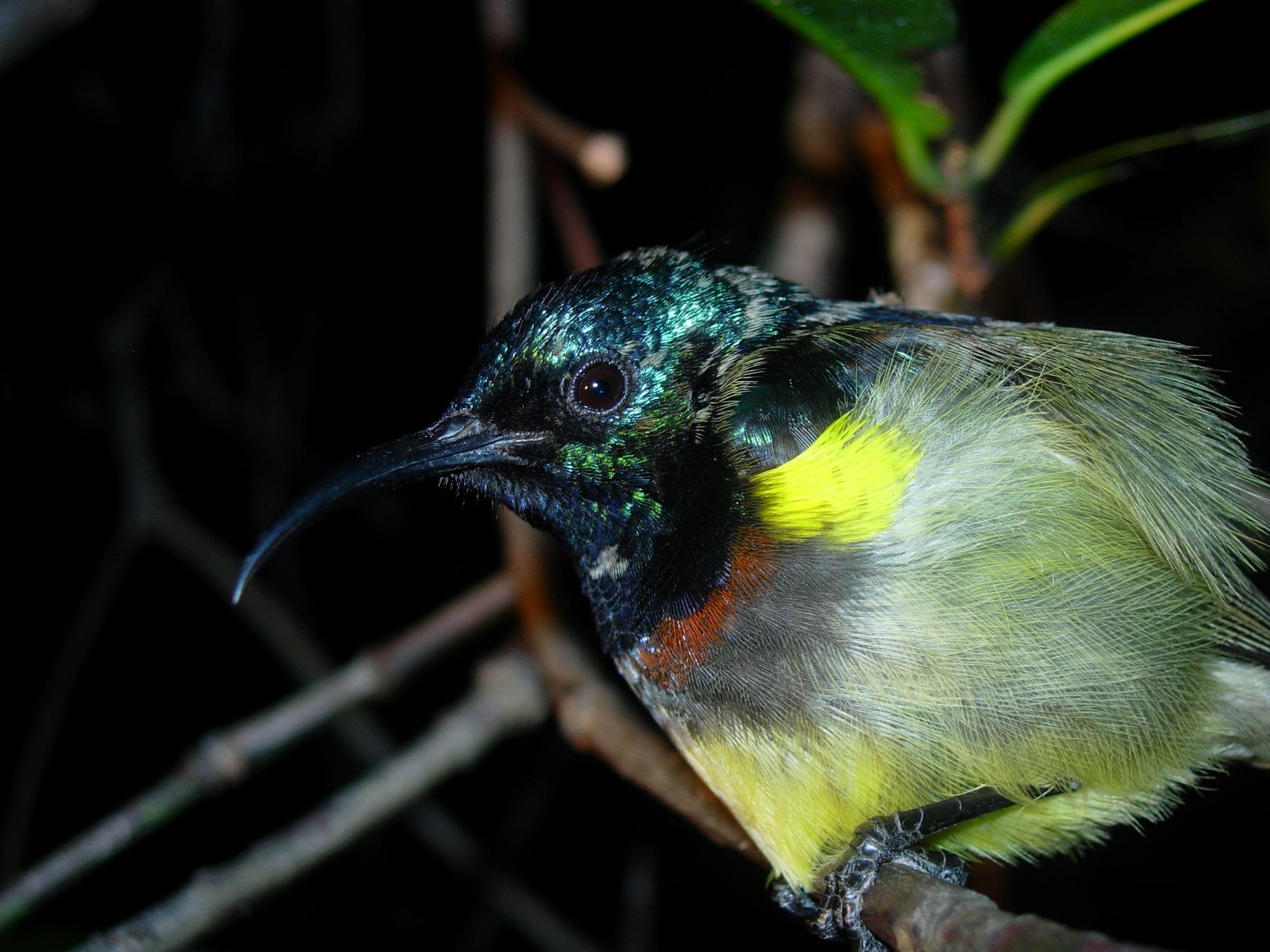
Andohahela © FAPBM
The index of Biological Integrity
The Strategic Plan 2022-2026 general objective is measured by the Index of Biotic Integrity of protected areas. It indicates the conservation status of protected areas on a scale of 5, with 5 being the highest score. From 2017 to 2022, biological integrity of the protected areas that the Foundation finances, has been steadily strengthened, the target value being 3,5 in late 2026. But in 2020, the index has decreased to 2,52. The resurgent threats related to the pandemic has made vulnerable protected areas natural habitats. However, the effectiveness of monitoring and surveillance systems have spared the hard core and limited the depletion of conservation target species which allowed the IBI to rise to 2,66 in 2022 from 2,59 in 2021.

Ardea Hambloti of the protected area of Ankarafantsika © FAPBM
Conservation of 500 fauna and flora species
64 protected areas funding for a total surface area of 5 300 000ha, allowed the conservation of 500 fauna and flora species, most of which being endemic to Madagascar and appearing on UICN red list. The conservation status of target species remained stable. An improvement has been noted in these species density or/and abundance in some protected areas, thanks to their natural habitats protection and the hunting activities reduction.

FAPBM finances emergency situations with its Emergency Grant
In addition, FAPBM finances emergency situations. In 2022 for example, FAPBM funded 4 protected areas with its Emergency grant (FIS). The allocation of this emergency funding to managers made it possible to take action quickly in front of serious pressures threatening the protected area biological integrity.
While the level of threats to the natural resources in the protected areas funded by FAPBM has remained stable, forms of pressures are still weighing on these protected areas. As a result, the deforestation rate in supported PAs was 0.67% in 2022 compared to 1.5% in unfunded PAs.









